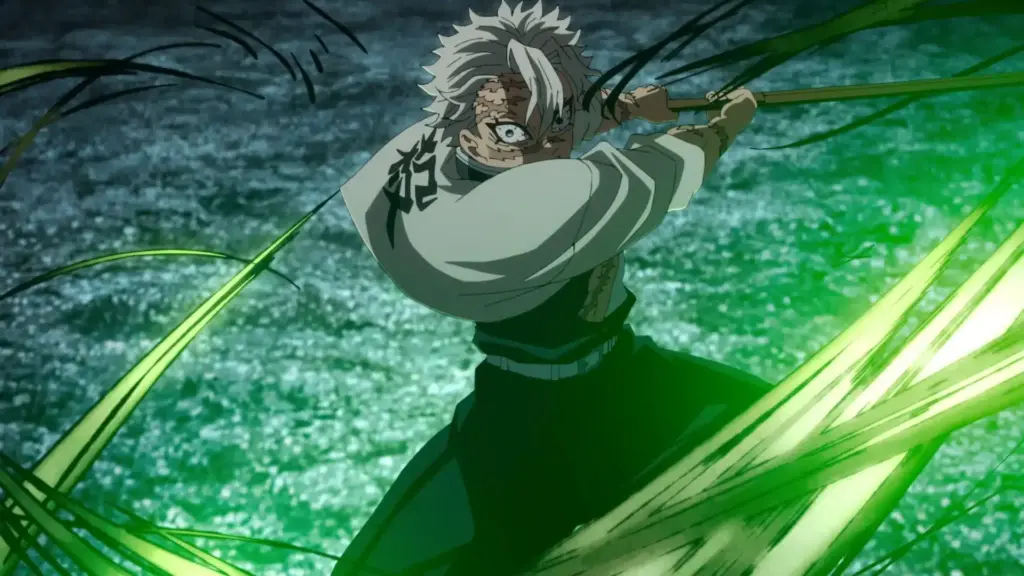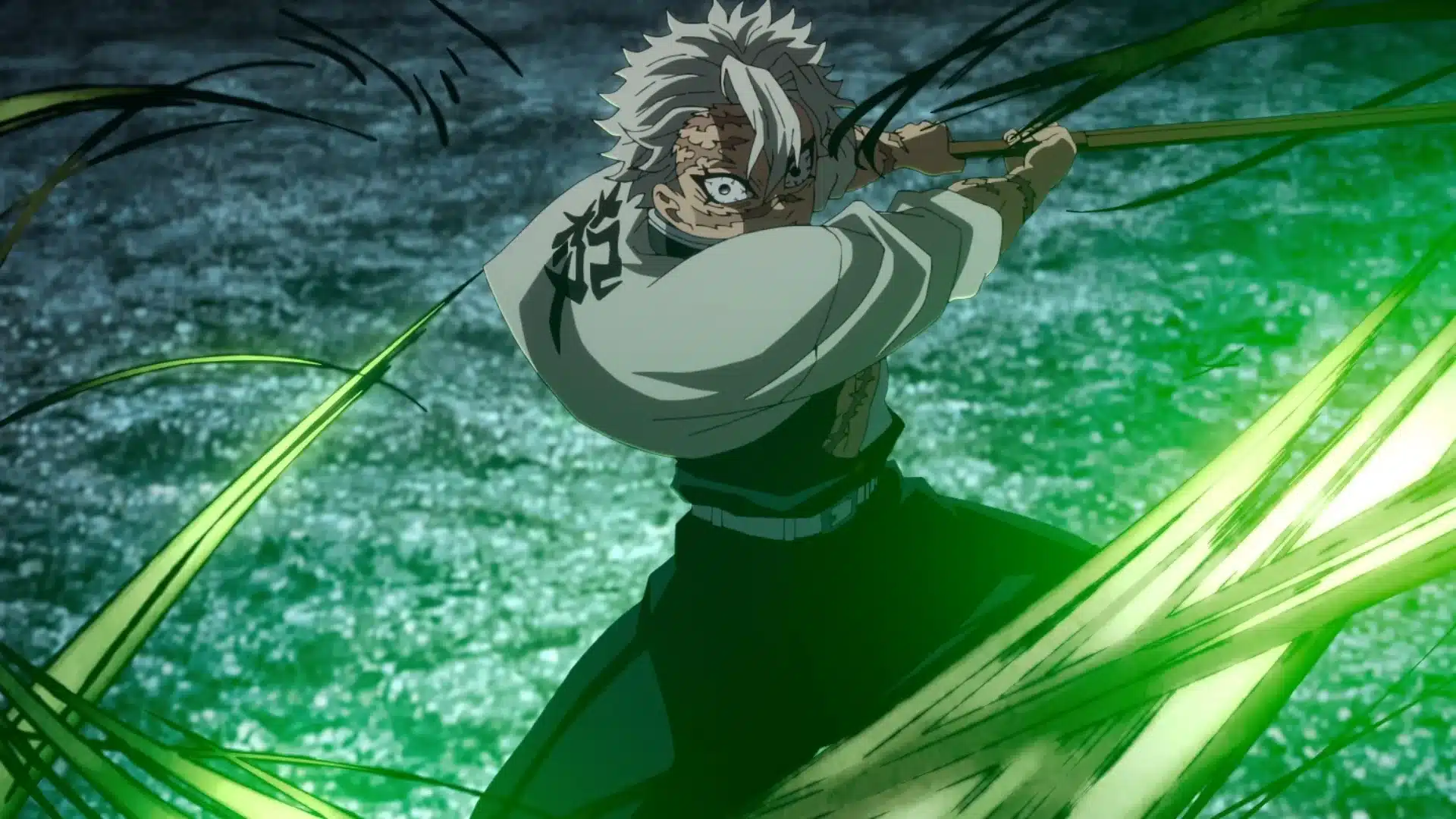
What Do the Hashiras Call Kagaya? Unveiling the Respectful Address in Demon Slayer
In the captivating world of Demon Slayer: Kimetsu no Yaiba, Kagaya Ubuyashiki, the head of the Demon Slayer Corps, commands immense respect and reverence. But what do the Hashiras call Kagaya? This seemingly simple question unveils layers of cultural nuances and the deep-seated hierarchical structure within the organization. Understanding the proper address for Kagaya provides valuable insight into the characters’ relationships and the overall tone of the series.
This article delves into the specific terms used by the Hashiras when addressing Kagaya Ubuyashiki, exploring the context and significance behind each appellation. We’ll examine how these titles reflect Kagaya’s role, his personal qualities, and the unique bonds he shares with the elite Demon Slayers.
The Significance of Addressing Kagaya Ubuyashiki
Before we dissect the specific terms, it’s crucial to understand the importance of address in Japanese culture. Honorifics and respectful language are deeply ingrained in social interactions, signifying status, relationship, and the speaker’s attitude. In the context of Demon Slayer, the way the Hashiras address Kagaya underscores his position as the leader and the profound respect they hold for him.
Kagaya isn’t just a leader; he is a father figure, a strategist, and a beacon of hope for the Demon Slayer Corps. His gentle nature, strategic brilliance, and unwavering dedication to eradicating demons have earned him the unwavering loyalty of the Hashiras. Therefore, the terms they use to address him are not merely formal titles but expressions of genuine admiration and affection.
The Primary Term: Oyakata-sama
The most common and widely used term for Kagaya Ubuyashiki is Oyakata-sama (お館様). This title translates to “Lord,” “Master,” or “Head of the Household.” In feudal Japan, Oyakata-sama was typically used to address the head of a clan or a powerful lord. Its application to Kagaya reflects his authority and leadership over the Demon Slayer Corps.
The use of Oyakata-sama is not just about rank; it also implies a sense of familial connection. The term suggests that Kagaya is not just a leader but also a figure who provides guidance, protection, and care for his subordinates. He is the head of their “household,” fostering a sense of unity and shared purpose among the Demon Slayers.
When the Hashiras call Kagaya Oyakata-sama, it shows their acknowledgement of his strategic brilliance and also their faith in his vision for the Demon Slayer Corps. They trust in his leadership and are committed to following his directives, even in the face of grave danger. The term encapsulates their respect, loyalty, and the deep bond they share with their leader.
Variations and Nuances in Address
While Oyakata-sama is the standard term, subtle variations and nuances exist depending on the specific Hashira and the context of the situation. These differences, while not always explicitly stated, contribute to the richness of the characters and their relationships with Kagaya.
Emphasis on Respect and Reverence
Some Hashiras, particularly those who are more traditional or deeply respectful, might use a more formal tone when addressing Kagaya. This could involve adding honorifics like “-dono” (殿) after Oyakata-sama, resulting in Oyakata-sama-dono. This further emphasizes their reverence and deference to his position.
Expressions of Familiarity and Affection
While less common in formal settings, some Hashiras might express a greater degree of familiarity and affection towards Kagaya, especially in private conversations. This could involve using a slightly less formal tone or expressing concern for his well-being in a more direct manner. However, even in these instances, the core respect inherent in addressing him as Oyakata-sama remains.
Addressing Kagaya’s Children
It’s also important to note how the Hashiras address Kagaya’s children, Hinaki and Nichika Ubuyashiki. They are typically addressed with “-sama” (様), a general honorific used for individuals deserving of respect. This demonstrates that even though they are children, their familial connection to Kagaya warrants a certain level of deference.
The Impact of Kagaya’s Personality
Kagaya’s gentle and compassionate nature significantly influences how the Hashiras address him. He is not a tyrannical leader who demands respect through fear. Instead, he earns their loyalty through his empathy, strategic mind, and unwavering belief in their abilities. His personality fosters an environment of mutual respect and trust, which is reflected in the terms they use to address him.
The Hashiras see Kagaya as more than just a leader; they view him as a mentor, a confidant, and a source of inspiration. His words carry weight, and his guidance is invaluable. This deep-seated respect and admiration are evident in their interactions with him, both in their words and their actions.
The question of what do the Hashiras call Kagaya is answered simply with Oyakata-sama, but the weight of that single phrase is tremendous. It shows the respect and care that they have for him as their leader.
Examples in the Anime and Manga
Throughout the Demon Slayer anime and manga, the use of Oyakata-sama is consistently observed. Whether in strategic meetings, personal conversations, or moments of crisis, the Hashiras invariably address Kagaya with this respectful title. This reinforces his position as the leader and the unwavering loyalty of his subordinates.
Pay close attention to the scenes where the Hashiras interact with Kagaya. Notice the tone of their voices, their body language, and the specific words they use. These details provide valuable clues about their individual personalities and their relationships with their leader. The consistency in addressing him as Oyakata-sama, across various situations, underscores the importance of this title.
For example, during the Hashira Meeting, each member addresses Kagaya as Oyakata-sama when presenting their reports or seeking his guidance. This formal setting highlights the hierarchical structure of the Demon Slayer Corps and the respect due to its leader. Even in more informal settings, such as when the Hashiras are discussing personal matters with Kagaya, the title remains consistent, albeit with a slightly warmer tone.
Conclusion: The Power of Respectful Address
In conclusion, the answer to “what do the Hashiras call Kagaya?” is primarily Oyakata-sama, a term laden with meaning and cultural significance. It reflects Kagaya’s position as the leader of the Demon Slayer Corps, his role as a father figure, and the deep respect and admiration he commands from his subordinates.
Understanding the nuances of address in Demon Slayer provides a deeper appreciation for the characters, their relationships, and the overall themes of the series. The way the Hashiras address Kagaya is not merely a formality; it is an expression of their loyalty, their trust, and their unwavering commitment to his vision of a world free from demons. It shows the high regard in which the Hashiras hold Oyakata-sama. The use of Oyakata-sama to address Kagaya is a cornerstone to understanding the Demon Slayer Corps.
By paying attention to these subtle details, viewers and readers can gain a richer understanding of the world of Demon Slayer and the complex relationships that drive its compelling narrative. The question of what do the Hashiras call Kagaya is a gateway to understanding the Demon Slayer Corps’ structure and values.
[See also: Character Analysis of Kagaya Ubuyashiki]
[See also: The Hierarchy of the Demon Slayer Corps]
[See also: The Importance of Respect in Anime]

